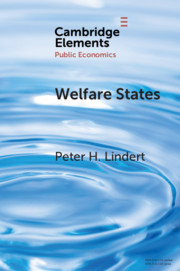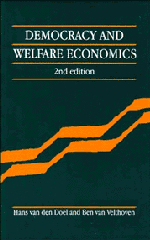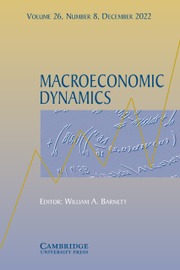Welfare States
The traditionally, and wrongly, imagined vulnerabilities of the welfare state are economic. The true threats are demographic and political. The most frequently imagined threat is that the welfare state package reduces the level and growth of GDP. It does not, according to broad historical patterns and non-experimental panel econometrics. Large-budget welfare states achieve a host of social improvements without any clear loss of GDP. This Element elaborates on how this 'free lunch' is gained in practice. Other threats to the welfare state are more real, however. One is the rise of anti-immigrant backlash. If combined with heavy refugee inflows, this could destroy future public support for universalist welfare state programs, even though they seem to remain economically sound. The other is that population aging poses a serious problem for financing old age. Pension deficits threaten to crowd out more productive social spending. Only a few countries have faced this issue well.
Product details
December 2018Adobe eBook Reader
9781108674126
0 pages
3 b/w illus. 4 colour illus. 3 tables
This ISBN is for an eBook version which is distributed on our behalf by a third party.
Table of Contents
- 1. The big picture
- 2. An imagined threat – isn't the welfare state bad for growth?
- 3. Some reasons why growth hasn't suffered
- 4. Real demographic–political threat 1 – rising immigration and reaction against it
- 5. Real demographic–political threat 2 – aging and gray power
- 6. Conclusion.







